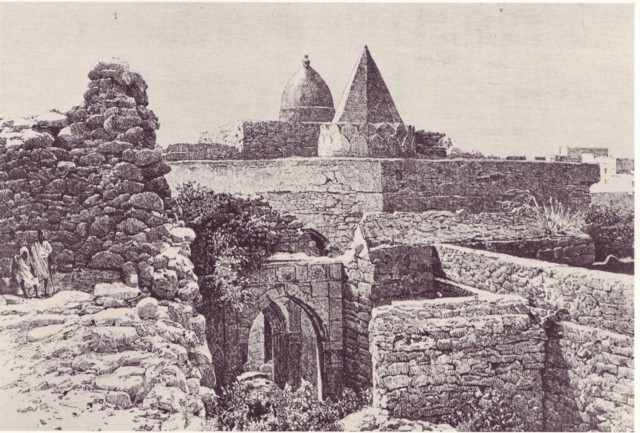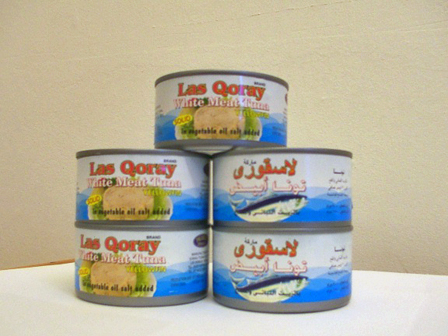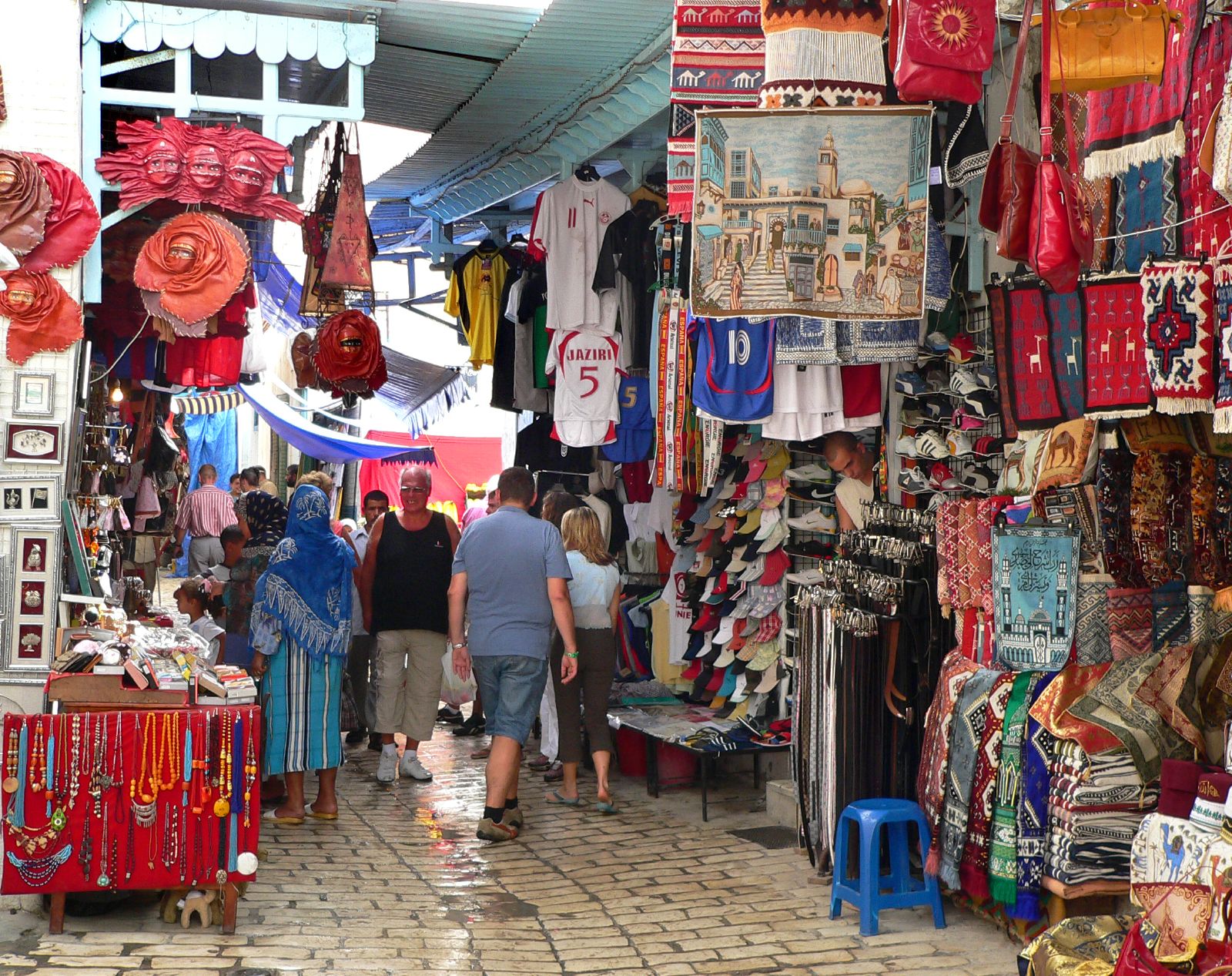|
Ansaloti Market
Ansaloti Market ( so, Suuqa Ansaloti) is a public market in Mogadishu, Somalia. Overview The Ansaloti Market was one of the largest markets in the capital's Hamar Jajab district. After the start of the civil war in the early 1990s, it closed down operations. In February 2014, the Benadir regional administration began renovations at the Ansaloti Market. The municipal authorities officially reopened it to the public in September of the year, with officials supervising all parts of the market. According to the Benadir Political Affairs Vice Chairman Mohamed Adan "Anagel", the facility is now open for business and will compete with other regional markets. See also *Bakaara Market The Bakaaraha Market ( so, Suuqa Bakaaraha) is an open market in Mogadishu, Somalia. It is the largest in the nation. The name ''Bakaaraha'' is derived from the Somali word for grain silo or storage, . The market was created in late 1972 during th ... References {{coord, 2.049, 45.320, type:landmark_regio ... [...More Info...] [...Related Items...] OR: [Wikipedia] [Google] [Baidu] |
Marketplaces
A marketplace or market place is a location where people regularly gather for the purchase and sale of provisions, livestock, and other goods. In different parts of the world, a marketplace may be described as a '' souk'' (from the Arabic), ''bazaar'' (from the Persian), a fixed '' mercado'' (Spanish), or itinerant ''tianguis'' (Mexico), or ''palengke'' (Philippines). Some markets operate daily and are said to be ''permanent'' markets while others are held once a week or on less frequent specified days such as festival days and are said to be ''periodic markets.'' The form that a market adopts depends on its locality's population, culture, ambient and geographic conditions. The term ''market'' covers many types of trading, as market squares, market halls and food halls, and their different varieties. Thus marketplaces can be both outdoors and indoors, and in the modern world, online marketplaces. Markets have existed for as long as humans have engaged in trade. The earliest b ... [...More Info...] [...Related Items...] OR: [Wikipedia] [Google] [Baidu] |
Mogadishu
Mogadishu (, also ; so, Muqdisho or ; ar, مقديشو ; it, Mogadiscio ), locally known as Xamar or Hamar, is the capital and List of cities in Somalia by population, most populous city of Somalia. The city has served as an important port connecting traders across the Indian Ocean for millennia, and has an estimated population of 2,388,000 (2021). Mogadishu is located in the coastal Banadir region on the Indian Ocean, which unlike other Somali regions, is considered a municipality rather than a (federal state). Mogadishu has a long history, which ranges from the Ancient history, ancient period up until the present, serving as the capital of the Sultanate of Mogadishu in the 9th-13th century, which for many centuries controlled the Indian Ocean gold trade, and eventually came under the Ajuran Empire in the 13th century which was an important player in the medieval Silk Road maritime trade. Mogadishu enjoyed the height of its prosperity during the 14th and 15th centuries a ... [...More Info...] [...Related Items...] OR: [Wikipedia] [Google] [Baidu] |
Somalia
Somalia, , Osmanya script: 𐒈𐒝𐒑𐒛𐒐𐒘𐒕𐒖; ar, الصومال, aṣ-Ṣūmāl officially the Federal Republic of SomaliaThe ''Federal Republic of Somalia'' is the country's name per Article 1 of thProvisional Constitution, (; ), is a country in the Horn of Africa. The country is bordered by Ethiopia to the west, Djibouti to the northwest, the Gulf of Aden to the north, the Indian Ocean to the east, and Kenya to the southwest. Somalia has the longest coastline on Africa's mainland. Its terrain consists mainly of plateaus, plains, and highlands. Hot conditions prevail year-round, with periodic monsoon winds and irregular rainfall. Somalia has an estimated population of around million, of which over 2 million live in the capital and largest city Mogadishu, and has been described as Africa's most culturally homogeneous country. Around 85% of its residents are ethnic Somalis, who have historically inhabited the country's north. Ethnic minorities are ... [...More Info...] [...Related Items...] OR: [Wikipedia] [Google] [Baidu] |
Hamar Jajab District
Hamar Jajab district ( so, Degmada Xamar Jajab) is a district in the southeastern Banaadir region of Somalia. A sector of the national capital Mogadishu, it contains the Port of Mogadishu The Port of Mogadishu, also known as the Mogadishu International Port, is the official seaport of Mogadishu, the capital of Somalia. Classified as a major class port, it is the largest harbour in the country. Historical overview Since the Roman .... ReferencesDistricts of Somalia Districts of Somalia Banaadir {{coord missing, Somalia ... [...More Info...] [...Related Items...] OR: [Wikipedia] [Google] [Baidu] |
Bakaara Market
The Bakaaraha Market ( so, Suuqa Bakaaraha) is an open market in Mogadishu, Somalia. It is the largest in the nation. The name ''Bakaaraha'' is derived from the Somali word for grain silo or storage, . The market was created in late 1972 during the reign of Mohamed Siad Barre. Proprietors sell daily essentials, including maize, sorghum, beans, peanuts, sesame, wheat and rice, petrol and medicine. It is famous for illicit activities, such as forged Somali passports processed within minutes, Ethiopian and Kenyan passports, and other forged documents, including birth certificates and university diplomas. This illicit sub-market is known as ''Cabdalle Shideeye'' after one of its first proprietors. History Battle of Mogadishu On 3 October 1993, the market was one of the areas where the Battle of Mogadishu was fought. Two of the five U.S. Army Black Hawk helicopters, involved in the battle, were downed in the vicinity of the market area which led to a fierce firefight that lasted unti ... [...More Info...] [...Related Items...] OR: [Wikipedia] [Google] [Baidu] |
Economy Of Somalia
Somalia is classified by the United Nations as a least developed country, with the majority of its population being dependent on agriculture and livestock for their livelihood. The economy of Somalia is $49.918 billion by gross domestic product as of 2020. For 1994, the CIA estimated it at purchasing power parity to be approximately $30.3 billion. In 2001, it was estimated to be $4.1 billion. By 2009, the CIA estimated that it had grown to $75.731 billion, with a projected real growth rate of 2.6%. In 2014, the International Monetary Fund estimated economic activity to have expanded by 3.7% primarily. This expansion was driven by growth in the primary sector and the secondary sector. According to a 2007 British Chambers of Commerce report, the private sector has experienced growth, particularly in the service sector. Unlike the pre-civil war period, when most services and the industrial sector were government-run, there has been substantial, albeit unmeasured, private investment ... [...More Info...] [...Related Items...] OR: [Wikipedia] [Google] [Baidu] |
Economy Of Mogadishu
An economy is an area of the production, distribution and trade, as well as consumption of goods and services. In general, it is defined as a social domain that emphasize the practices, discourses, and material expressions associated with the production, use, and management of scarce resources'. A given economy is a set of processes that involves its culture, values, education, technological evolution, history, social organization, political structure, legal systems, and natural resources as main factors. These factors give context, content, and set the conditions and parameters in which an economy functions. In other words, the economic domain is a social domain of interrelated human practices and transactions that does not stand alone. Economic agents can be individuals, businesses, organizations, or governments. Economic transactions occur when two groups or parties agree to the value or price of the transacted good or service, commonly expressed in a certain currency. How ... [...More Info...] [...Related Items...] OR: [Wikipedia] [Google] [Baidu] |
Food Markets
Food marketing brings together the food producer and the consumer through a chain of marketing activities. Background Pomeranz & Adler, 2015, defines food marketing as a chain of marketing activities that takes place within the food system between a food organisation and the consumer. This has the potential to be a complicated procedure, as there are many processes that are used prior to the sale the food product. These include food processing, wholesaling, retailing, food service and transport. Due to these many processes, a multitude of organisations have to be involved in the sale of one food product. For example, approximately fifty-six organisations are involved in the making of one can of chicken noodle soup. These organisations not only include the processors who make the ingredients for the product, but also involve the companies who manufacture the cans, print the labels and transport the product. Therefore, on a global scale, the food marketing industry is one of th ... [...More Info...] [...Related Items...] OR: [Wikipedia] [Google] [Baidu] |
Shopping Districts And Streets
Shopping is an activity in which a customer browses the available goods or services presented by one or more retailers with the potential intent to purchase a suitable selection of them. A typology of shopper types has been developed by scholars which identifies one group of shoppers as recreational shoppers, that is, those who enjoy shopping and view it as a leisure activity.Jones, C. and Spang, R., "Sans Culottes, Sans Café, Sans Tabac: Shifting Realms of Luxury and Necessity in Eighteenth-Century France," Chapter 2 in ''Consumers and Luxury: Consumer Culture in Europe, 1650-1850'' Berg, M. and Clifford, H., Manchester University Press, 1999; Berg, M., "New Commodities, Luxuries and Their Consumers in Nineteenth-Century England," Chapter 3 in ''Consumers and Luxury: Consumer Culture in Europe, 1650-1850'' Berg, M. and Clifford, H., Manchester University Press, 1999 Online shopping has become a major disruptor in the retail industry as consumers can now search for product ... [...More Info...] [...Related Items...] OR: [Wikipedia] [Google] [Baidu] |




_per_capita_in_2020.png)
.jpg)
